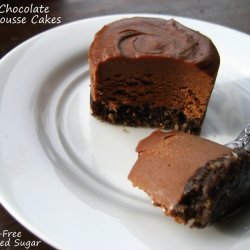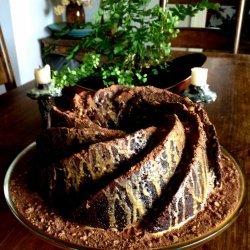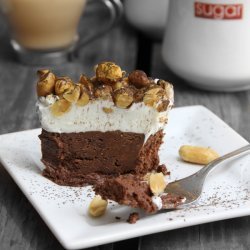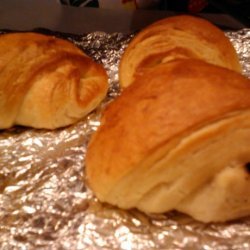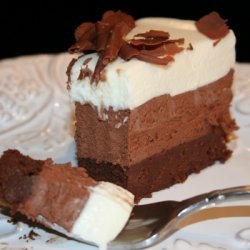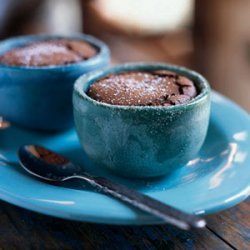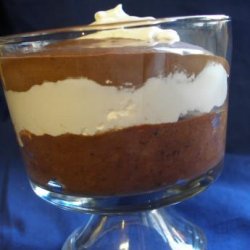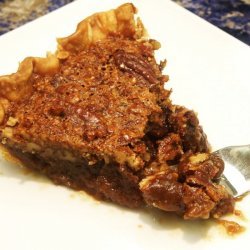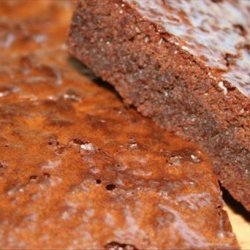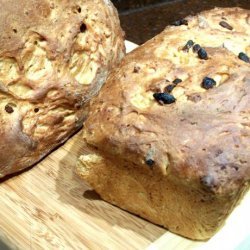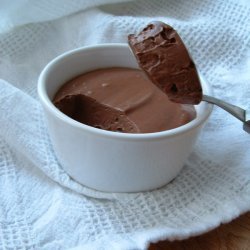Ingredients:
- scant 1/4 cup (1-oz) loosely packed fresh compressed yeast
- generous 1/2 cup cold water
- generous 1/2 cup whole milk
- pain au chocolat , recipe follows
- croissants , recipe follows
- scant 1/4 cup whole milk
- scant 1/4 cup (1-oz) loosely packed fresh compressed yeast
- generous 1/2 cup cold water
- generous 1/2 cup whole milk
Directions:
- Prepare the dough: Melt the 3 tablespoons butter in a small saucepan over low heat. Allow the butter to cool to room temperature. It should appear milky and should be pourable and warm to the touch. In a small bowl, dissolve the yeast in the cold water. Place the flour, salt, sugar, milk, and melted butter in the bowl of a stand mixer fitted with the paddle attachment. Set the mixer on medium speed and mix just until the ingredients are dispersed, about 5 seconds. Add the dissolved yeast and beat on medium-high speed until the dough is well combined and no longer sticks to the sides of the bowl, about 1 minute.
- If the dough is too soft, add more flour, one tablespoon at a time until it is firmer. (The dough is too soft when it cannot hold its shape.) If the dough is too hard, add cold water one tablespoon at a time until it has softened. (The dough is too hard when it is difficult to mix in the mixer.)
- Remove the dough from the mixing bowl. If the dough is slightly sticky and ropy, knead it with your hands for about 30 seconds, until it is smooth. Pat it into a ball. Place the dough on a lightly floured baking sheet, cover with plastic wrap, and let it proof at room temperature for about 30 minutes. (This will start the fermentation process).
- Place the dough on a lightly floured work surface and roll it out to an 8 by 15-inch rectangle about 1/4 inch thick. Wrap the rectangle in plastic wrap and refrigerate for 2 hours. The cold retards the rising process, which allows for a slow fermentation. A slow fermentation helps develop the flavor of the dough.
- Remove the dough from the refrigerator, unwrap the rectangle, and place it with a long side facing you on a lightly floured work surface. Spread the softened butter evenly over the right two thirds of the dough. I like to use a large offset spatula to do this. Incorporate the butter by folding the (butterless) left third of the dough over the center, then fold the right third of the dough to the left. Now it should resemble a folded letter.
- Roll this out into another 10 by 30-inch rectangle about 1/8-inch thick. Give the dough a book fold, or double fold, by folding each short end to the middle so they meet but do not overlap. Then fold one half over the other half and, if necessary, rotate the dough so that the seam is on your right. (This process is called a book fold because the folded dough resembles a book and a double fold because the dough is folded onto itself two times.)
- Wrap the folded dough in plastic wrap and let it rest in the refrigerator for a minimum of 2 hours. (At this stage I usually let the dough rest overnight and finish it in the morning.)
- The following procedure is the final step before you form the croissants or pain au chocolat. Remove the dough from the refrigerator, unwrap it, and place on a lightly floured work surface. Roll it into a 10 x 30-inch rectangle and turn it so a long side faces you. Give the dough a single fold by folding the left third of the dough over the center. Then fold the right third of the dough to the left. Now the dough should resemble a folded letter.
- Wrap in plastic wrap and let it rest in the refrigerator for 30 minutes. Remove the dough from the refrigerator and place it on a lightly floured work surface. Roll out the dough into a 10 by 36-inch rectangle about 1/4-inch thick. Keep the thickness even and the edges straight. This will make it easier to cut the croissants or pain au chocolat.
- These puff pastry items are best eaten the day they are made.
- PAIN AU CHOCOLAT: Follow instructions for basic dough, above.
- With a sharp chef's knife, cut the dough into 3 1/2 by 4 1/2-inch rectangles. Lay each rectangle on a lightly floured work surface, with a long side facing you, and place about 1/2 tablespoon of the chopped chocolate in the upper third of each one. Fold that third of the dough over the chocolate.
- Place about another 1/2 tablespoon of the chocolate along one seam of the folded dough. Fold the bottom third of the dough over the chocolate. (At this stage, they can be frozen for up to one week if well wrapped in plastic wrap. Thaw on a parchment paper-covered baking sheet overnight in the refrigerator before proceeding.)
- Turn over the pain au chocolat so the seams face down. This will keep them from opening as they bake. Place them on a parchment paper-covered baking sheet; they will get bigger as they proof and bake, so space them about 2 inches apart. Loosely cover the baking sheet with plastic wrap and allow the pain au chocolat to proof at room temperature until they have doubled in size and appear light and full of air, 1 1/2 to 3 hours depending on the temperature of the room and of the dough.
- Preheat the oven to 400 degrees. Make an egg wash by whisking together the egg yolks, whole egg, and milk in a small bowl until well combined. With a pastry brush, very gently coat the croissants or pain au chocolat completely with egg wash. Bake until golden brown, about 10 minutes. I love to eat both of them fresh out of the oven. If you have any leftovers, they can be stored in the freezer if well wrapped in plastic wrap for up to 2 weeks. Thaw at room temperature and warm in the oven before serving.
- CROISSANTS: Follow instructions for basic dough, above.
- Use a sharp chef's knife to cut out triangles with a 2 1/2-inch base and 10-inch sides. Lay each triangle on a lightly floured work surface with the tip facing you. Gently pull the tip toward you; this light stretch adds layers to the finished croissant without adding density. Use the palms of your hands to roll each triangle up from the base to the tip. (At this stage, they can be frozen for up to one week if well wrapped in plastic wrap. Thaw on a parchment paper-covered baking sheet overnight in the refrigerator before proceeding.)
- Place the rolled croissants on a parchment paper-covered baking sheet. The croissants will get bigger as they proof and bake, so space them about 2 inches apart. Loosely cover the baking sheet with plastic wrap. This keeps the croissants from developing a skin while proofing and traps the heat released during fermentation, which helps them to rise. Allow the croissants to proof at room temperature until they have doubled in size and appear light and full of air; this can take anywhere from 1 1/2 to 3 hours depending on the temperature of the room and of the dough.
Nutrition Facts
| Amount Per 1 Serving | |||
| Calories | 435.34 Kcal (1823 kJ) | ||
| Calories from fat | 226.43 Kcal | ||
| % Daily Value* | |||
| Total Fat | 25.16g | 39% | |
|---|---|---|---|
| Cholesterol | 88.03mg | 29% | |
| Sodium | 488.37mg | 20% | |
| Potassium | 62.67mg | 1% | |
| Total Carbs | 47.12g | 16% | |
| Sugars | 12.21g | 49% | |
| Dietary Fiber | 1.17g | 5% | |
| Protein | 7.1g | 14% | |
| Vitamin A | 0.3mg | 9% | |
| Iron | 2.1mg | 12% | |
| Calcium | 26.5mg | 3% | |
| Amount Per 100 g | |||
| Calories | 432.58 Kcal (1811 kJ) | ||
| Calories from fat | 224.99 Kcal | ||
| % Daily Value* | |||
| Total Fat | 25g | 39% | |
|---|---|---|---|
| Cholesterol | 87.47mg | 29% | |
| Sodium | 485.27mg | 20% | |
| Potassium | 62.27mg | 1% | |
| Total Carbs | 46.82g | 16% | |
| Sugars | 12.14g | 49% | |
| Dietary Fiber | 1.16g | 5% | |
| Protein | 7.06g | 14% | |
| Vitamin A | 0.3mg | 9% | |
| Iron | 2.1mg | 12% | |
| Calcium | 26.4mg | 3% | |
* Percent Daily Values are based on a 2000 calorie diet. Your daily values may be higher or lower depending on your calorie needs.
Find out how many calories should you eat.
Get Your Recipe of Health!
Follow RecipeOfHealth on Facebook!


